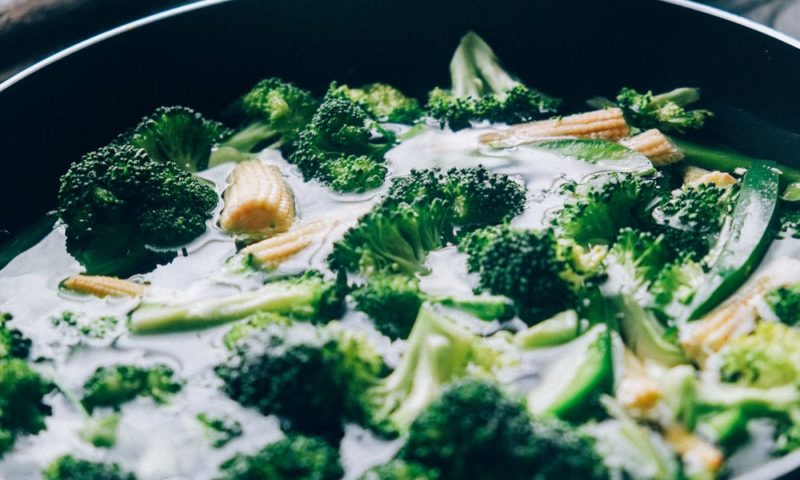For many people, embarking on a weight-loss journey is intimidating because lifestyle behaviors have to be shifted. One of those behaviors focuses on food choices and calorie consumption. In fact, many dieters are afraid of feeling hungry all the time and fighting the urge to indulge.
Fiber and Weight Management
One key to weight-loss success is using nutrition as a helping hand. Good nutrition fuels the body and supports all the functions of your daily life. Fiber, one of the building blocks to a healthy diet, is instrumental to your total health but also your weight-loss goals.
Dietary fiber is a carbohydrate found in plant foods like fruits, veggies and whole grains. It’s not easily digested like other carbs, so it passes through your body quickly without raising your blood sugar. While it’s not a magical cure for burning fat, it does help you feel full without eating a bunch of calories. Plus, it’s a naturally great digestive aids that keeps things running smoothly.
So, if fighting back hunger is a constant challenge or a worry in your weight-loss efforts, have you checked to see if you’re eating enough fiber to support your appetite control?
Tips for Eating More Fiber
It’s been noted that on average, adult women need at least 25 grams of fiber per day while adult men should aim for at least 38 grams. However, many of us aren’t even eating half of our daily recommended amount. Check-out these tips for consuming more of it:
Load-up on Lean Side Dishes
About half of your meal, plate or dish should include a healthy side that’s rich in fiber. Load-up on a variety of colorful veggies that aren’t cooked with a ton of ingredients like oil, cheese or butter. Other great sides include beans, lentils and multiple grains.
Try Fruit for Dessert
Feel a sweet tooth coming on? Instead of reaching for an ice cream pint or cookie box, try fresh fruit like strawberries, blueberries or apples. Fruit is high in fiber, low in calories, low in fat and great for conquering those pesky sugar cravings that arrive like wildfire.
Incorporate Flax or Chia Seeds
Flax and Chia seeds are high in fiber and can easily be added to food you’re already preparing. For instance, try it in Greek yogurt, tomato sauces, soups or even whole grain cereals.
Choose Whole Grains vs Refined Grains
Whole grains are minimally processed, whereas refined grains have much of their nutritional value stripped. Opt for fiber-rich whole grains like quinoa, barley, farro, oatmeal and brown rice.
Cook with High-fiber Flours
If you’re preparing food with flour, you aren’t limited to white flour. Pack in some extra nutrition with whole wheat or non-wheat flours. Some great alternatives include coconut, almond, chickpea and barley flour. Add these to not only baked goods, but also sauces, soups and more.
Conclusion
A high-fiber diet is healthy, effective and nutritious. It includes a lot of the micronutrients your body needs to function at its best! Healthful benefits include more energy, a balanced digestive system and even a stronger immune system. Make sure you’re eating your recommended daily amount and incorporating fiber-rich foods into most of what you prepare and cook.






